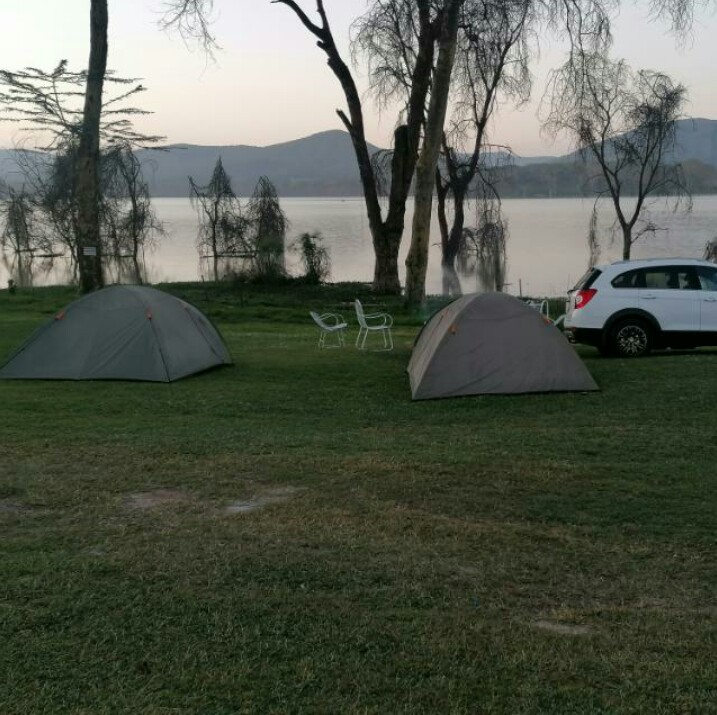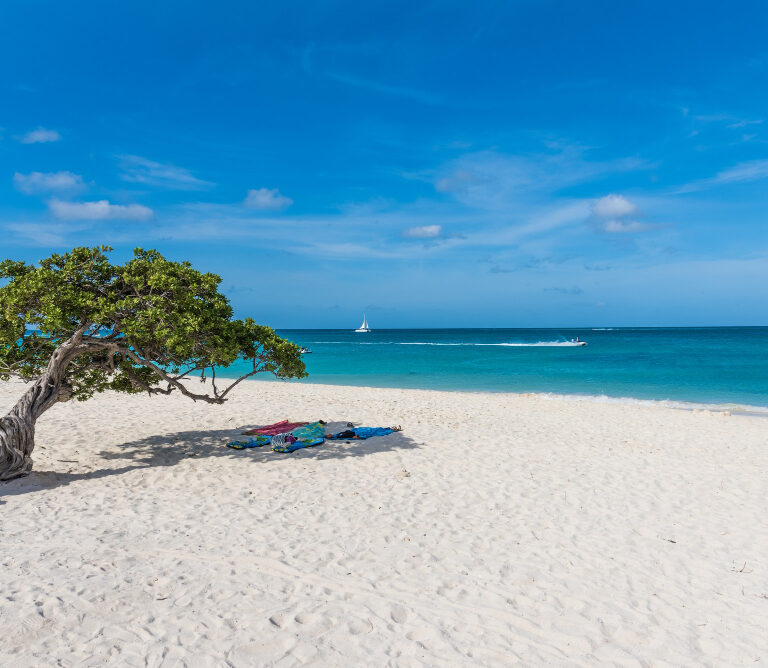Mombasa, Kenya, is a coastal city on the eastern coast of Africa. It is the country’s second-largest city and is an important port, serving as a gateway to the rest of East Africa. Mombasa is known for its rich history, cultural diversity, and beautiful beaches, and it is a popular tourist destination. The city is located on Mombasa Island, separated from the mainland by Tudor Creek and Kilindini Harbour.
Tudor Creek is a tidal creek that flows into the Indian Ocean, is crossed by the Nyali Bridge, and is bordered by the Makupa Causeway. The source of the river that becomes Tudor Creek is near Mariakani, located about 20 miles northwest of Mombasa. The creek is home to mangrove forests, a vital part of the ecosystem, providing a habitat for various species and protecting coastlines from erosion and storms.
The Challenges Facing Tudor Creek and its Mangroves
Despite their importance, the mangrove forests along Tudor Creek have been heavily exploited, leading to their degradation. The main drivers of this exploitation have been poverty and ignorance, as the local community has relied on the mangroves for resources such as building materials, firewood, and fishing.
Over-exploitation and degradation of the mangroves have seriously affected the environment and the local community. The loss of mangroves can lead to a decline in the diversity of plant and animal species that depend on these ecosystems for survival. It can also lead to increased erosion and coastal flooding, as the mangroves cannot provide the same level of protection against storms and wave action. In addition, the loss of mangroves can have economic consequences, as these ecosystems provide a range of ecosystem services, such as water filtration and carbon sequestration, that can have significant value.
The Brain Youth Group and Its Efforts to Restore Tudor Creek
In response to the challenges facing the mangroves along Tudor Creek, the Brain Youth Group was formed in 2011. The group is a community-based organization (CBO) made up of young people between 18 and 35 from the Junda sub-location in the Kisauni constituency of Mombasa County. The group is an environmental conservation, education, and awareness group that seeks to tap into young people’s creativity, energy, and initiative to provide positive interventions in the management of the environment.
The mission of the Brain Youth Group is “to work for sustainable development of Mombasa County by providing alternative sources of income while preserving the environment.” Their vision is “to restore the mangrove at Tudor Creek and reduce poverty, unemployment, and malnutrition in Mombasa County.
The group has been working to plant new mangroves along Tudor Creek to restore degraded areas and improve the integrity of the mangrove ecosystem. They have also been educating local villagers on the important role that mangroves play in the ecosystem and have been working to develop alternative sources of income for the local community through eco-friendly enterprises such as mariculture and apiculture.
The group has received support and collaboration from regional NGOs and governmental institutions, including UNDP-GEF/SGP, SLOVAK aid, PSI, Idea Wild, Kenya Coastal Development Project (KCDP), and The Pollination Project. With this support, the group has been able to plant an estimated 120,000 trees and stock 8,000 seedlings for planting.
The Benefits of Mangrove Restoration in Tudor Creek
Restoring the mangroves along Tudor Creek can benefit the local community and the environment. Some of the potential benefits of mangrove restoration include the following:
- Improved water quality: Mangroves help to filter pollutants from the water, which can improve the overall quality of the water in the creek. This can positively impact the health and well-being of the local community and the plant and animal life that depend on the creek.
- Coastal protection: Mangroves act as a buffer against storms and erosion, protecting coastlines from damage. This can reduce the risk of property damage and loss of life during storms and help preserve the coastline’s natural beauty.
- Habitat restoration: Restoring mangroves can provide a habitat for various species, including fish, birds, and other wildlife. This can help to increase the diversity of plant and animal life in the area, which can, in turn, contribute to the overall health of the ecosystem.
- Carbon sequestration: Mangroves can help to sequester carbon from the atmosphere, which can help mitigate climate change’s effects. This is important because climate change is a major threat to coastal communities and ecosystems, and mangroves can play a vital role in helping to reduce the amount of carbon dioxide in the atmosphere.
- Livelihood support: The eco-friendly enterprises that the Brain Youth Group is working to develop can provide alternative sources of income for the local community. This can reduce pressure on the mangroves and ensure their long-term sustainability while providing economic benefits to the community.
The Future of Tudor Creek and Its Mangroves
The Brain Youth Group is working to establish a Payment for Ecosystem Services (PES) scheme to provide financial incentives for protecting and managing the mangroves along Tudor Creek. This scheme would allow the group to monetize the ecosystem services provided by the mangroves and use the funds to support the ongoing restoration and conservation efforts.
In addition, the group is working to involve the local community in the restoration and conservation efforts and to educate them about the importance of the mangroves and their role in protecting the environment. By building a sense of ownership and responsibility among the local community, the group hopes to ensure the long-term sustainability of the mangroves and the overall ecosystem.
The restoration of the mangroves along Tudor Creek has the potential to serve as a model for other mangrove restoration projects in the region. By working with the local community, engaging in eco-friendly enterprises, and collaborating with regional NGOs and governmental institutions, the Brain Youth Group has made significant progress in restoring the mangroves and improving the ecosystem’s health.
Conclusion
The mangroves of Tudor Creek in Mombasa, Kenya, have faced significant challenges due to over-exploitation and degradation. However, the efforts of the Brain Youth Group and its partners have made significant progress in restoring these vital ecosystems and improving the health of the environment. The group’s work has demonstrated the importance of community involvement, education, and alternative sources of income in ensuring the long-term sustainability of mangroves. With continued efforts, Tudor Creek has the potential to serve as a beacon of hope for mangrove restoration and community-led conservation efforts in Kenya and beyond.







